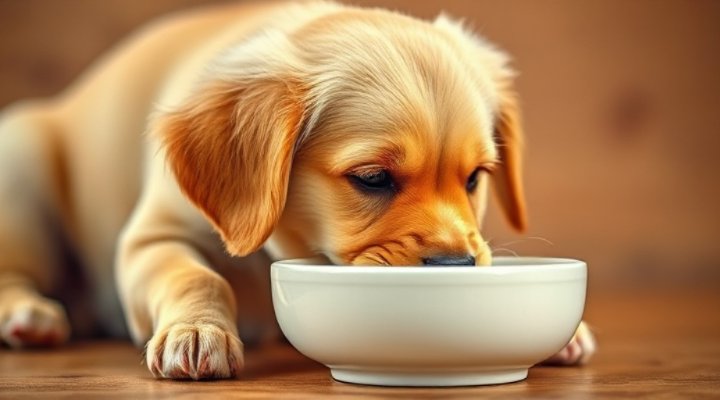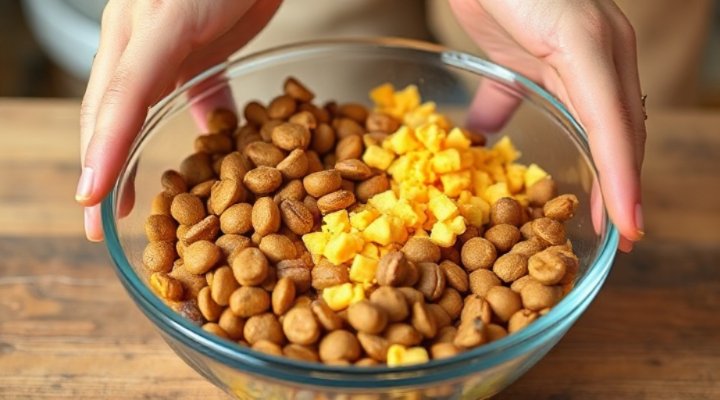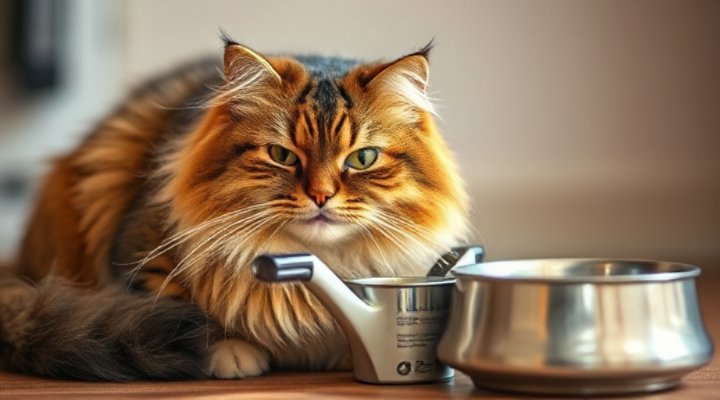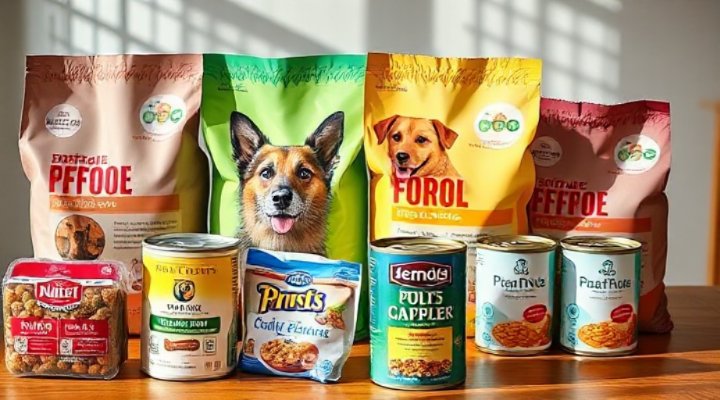Transitioning your pet to a new food requires careful planning and patience. Whether you’re switching to a raw food diet or trying a different brand, the process should be gradual to avoid digestive upset. According to the American Veterinary Medical Association, sudden changes in diet can lead to gastrointestinal issues in pets.

Why a Gradual Transition is Essential
Your pet’s digestive system needs time to adjust to new ingredients. A sudden switch can cause diarrhea, vomiting, or loss of appetite. That is to say, taking it slow is the key to success when learning how to transition your pet to new food.

The 7-Day Transition Plan
Most veterinarians recommend a 7-10 day transition period. Here’s how to do it:
- Days 1-2: 25% new food mixed with 75% old food
- Days 3-4: 50% new food mixed with 50% old food
- Days 5-6: 75% new food mixed with 25% old food
- Day 7: 100% new food
For pets with sensitive stomachs, you might want to extend this to a 14-day plan. Meanwhile, monitor your pet’s stool consistency and appetite closely.

Signs of Successful Transition
A successful food transition will show in your pet’s energy levels, coat condition, and stool quality. For instance, if you’re switching to human-grade dog food, you might notice improved digestion and shinier coat within a few weeks.
When to Consult Your Vet
If your pet shows persistent digestive issues, loss of appetite, or lethargy during the transition, consult your veterinarian immediately. Some pets may need special diets like hydrolyzed protein formulas for sensitive systems.

Tips for Picky Eaters
Transitioning picky eaters can be challenging. Here are some tips:
- Warm the food slightly to enhance aroma
- Add a small amount of low-sodium broth
- Try hand-feeding during the transition
- Be patient and consistent
Remember, the goal is to make the new food appealing while maintaining nutritional balance.

Maintaining Nutritional Balance
When changing foods, ensure the new option meets all your pet’s nutritional needs. The FDA’s pet food guidelines can help you evaluate quality. For cats, consider reading our guide on Purina ONE cat food reviews for quality options.
Final Thoughts
Learning how to transition your pet to new food properly can prevent many health issues. Above all, be patient and observant during the process. Your pet’s health and happiness are worth the extra effort!
Related Keywords: pet food transition guide, switching dog food safely, cat food change tips, digestive health in pets, gradual food introduction

